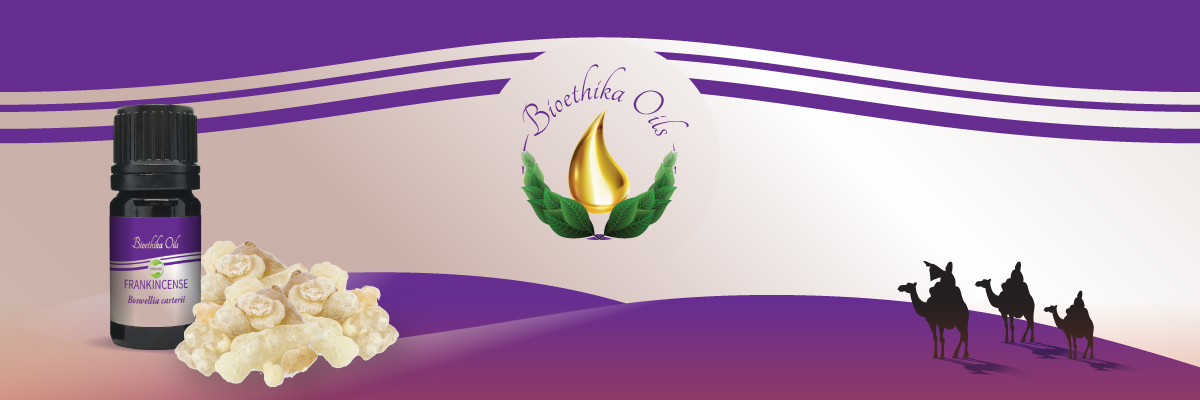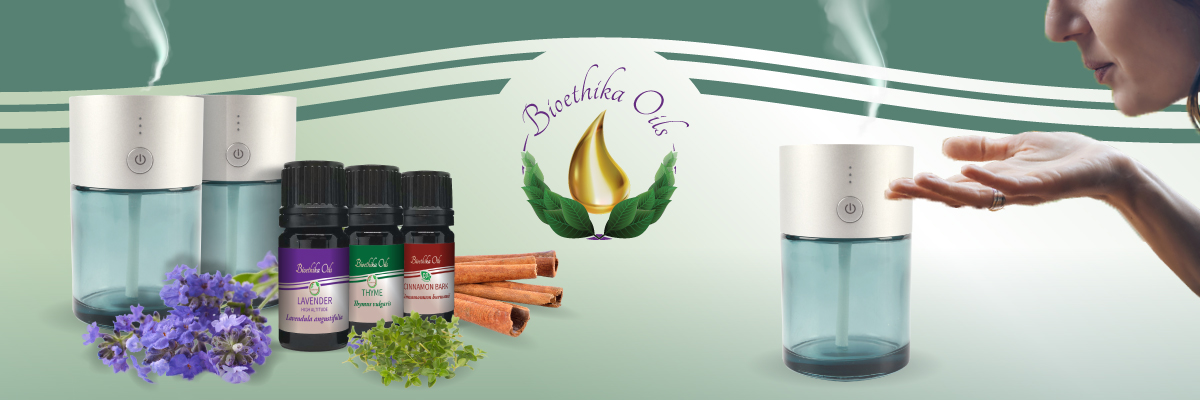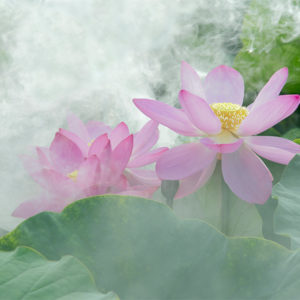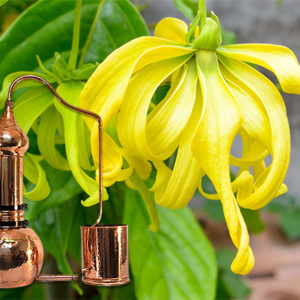The FDA has a list of items that are “generally recognized as safe.” The section applying to essential oils is Sec. 582.20. It covers “Essential oils, oleoresins (solvent-free), and natural extractives (including distillates) that are generally recognized as safe for their intended use, within the meaning of section 409 of the act. . .”
Generally recognized as safe means that the oils are used as food additives, usually for purposes of flavor or antimicrobial action, but sometimes for their antioxidant properties. An example of an accepted use as a food flavoring is wintergreen. The amount used is 0.04% of the total formula. It is never recommended for any other internal use, but it has significant uses in liniments. It should not be used during pregnancy. In short, “safe” is relative to the use and proper understanding of uses is imperative.
The amount used in medical aromatherapy is very small, usually one drop and sometimes not even one drop daily. If using oils internally, please consult the most reliable guidelines in texts on medical use of essential oils. Exceeding recommendations is foolish and potentially dangerous since the oils are very, very concentrated. Likewise, when diffusing full strength oils, please do not run the diffuser more than 3-5 minutes at a time.
Below is a sortable extract from their list that is edited to include only those oils found on this web site. The list is actually longer and includes many oils used as food flavoring. To sort the list by common or botanical name, simply click on the column.
| Common Name | Botanical Color |
| Basil | Ocimum basilicum L. |
| Bay leaves | Laurus nobilis L. |
| Cassia bark, Padang or Batavia | Cinnamomum burmanni Blume |
| Cinnamon bark, Ceylon | Cinnamomum zeylanicum Nees. |
| Citronella | Cymbopogon nardus Rendle. |
| Citrus peels | Citrus spp. |
| Clove bud | Eugenia caryophyllata Thunb. |
| Coriander | Coriandrum sativum L. |
| Fennel, sweet | Foeniculum vulgare Mill. |
| Galanga (galangal) | Alpinia officinarum Hance. |
| Geranium | Pelargonium spp. |
| Ginger | Zingiber officinale Rosc. |
| Juniper (berries) | Juniperus communis L. |
| Laurel leaves | Laurus spp. |
| Lavender | Lavandula officinalis Chaix. |
| Lemon (peel) | Citrus limon (L.) Burm. f. |
| Lemongrass | Cymbopogon citratus DC. and Cymbopogon flexuosus Stapf. |
| Lime | Citrus aurantifolia Swingle. |
| Nutmeg | Myristica fragrans Houtt. |
| Orange, sweet, peel | Citrus sinensis (L.) Osbeck. |
| Peppermint | Mentha piperita L. |
| Rosemary | Rosmarinus officinalis L. |
| Thyme | Thymus vulgaris L |
| Turmeric | Curcuma longa L. |
| Ylang-ylang | Cananga odorata Hook. f. and Thoms. |
Enjoy our Articles
Antiseptic Properties of Essential Oils and their Actions on Bacteria, Viruses, and Fungi
Nearly all essential oils are antiseptic, but certain ones have...
Read MoreFlower Reverence: The Blessings of Essential Oils
Dr. Emoto's photographs suggest that oils retain the image of...
Read MoreQuintessence: Essential Oils
Essential oils are the aromatic components of plants. They can...
Read More





